Gulam Ali: The Ustad of Ghazals
- Bhushan Toshniwal | toshniwalbhushan054@gmail.com
In an era, when the great Mehdi Hassan was ruling the world of Ghazals with his emotive baritone voice, and Raga-based renderings, Ustad Gulam Ali emerged as a parallel force, with his unique technic, which was an amalgamation of mastery on Raga, Laya, and poetry.
Unique Talim
Apart from his father, Ustadji learned from Ustad Barkat Ali Khan (Younger brother of Ustad Bade Gulam Ali khan), under the traditional Gurukul system. He says, “I learned from Ustadji for 13/14 years, however, he actually gave me one-to-one lessons only 6-8 times. However, I would keep on practicing those lessons and would listen to my Guru, and his brothers, which immensely benefited me. Guruji molded the tonality of my voice which would help me with the ineffective pronunciation of words. We would also practice Sargams and Paltas, which would involve a lot of distant notes, and notes from the allied Ragas as well, in all 3 octaves. Often Guruji would motivate us to learn various Khayals/Thumris etc. by announcing a price of 5 Rs. For the earliest learner.” Gulam Ali also mentions Nasir Kazmi, a renowned poet, who helped him understand how to read a poem, in a tone, which would effectively convey its meaning. This effective reading helped Ustadji in composing Ghazals as per their mood.
Catchy compositions
Ustadji brought Ghazals to the masses with simple and catchy compositions. His Ghazals like Apni dhun mein reheta hun, Bechain bahut phirna, Mehefil mein baar baar, Kitni muddat baad mile ho, etc. catch the listener’s attention because of their catchy rhythmic patterns, simple words, and simple tunes. Regarding the selection of lyrics, Ustadji says, “Earlier I used to sing very complex poetry, which was only understood by connoisseurs. when I started singing simple poems, more ordinary people started coming to my concerts. However, I took care that I would never sing vulgar poetry. Even if the poetry is simple, it should have good meaning.” He has used a lot of popular Ragas like Yaman, Bhimpalas, Bageshri, Rageshri, Darbari, Bhairavi, Megh, etc. (sometimes in their pure form, and often mixed with their allied ragas) to even lesser-used Ragas like Bhinna Shadja, Bhoop Kalyan, Jayjayvanti, Puriya Kalyan, etc. Although in the same Raga, each of his Ghazal shows a different shade of the Raga. for example, Ghazals like Bichhad ke bhi mujhe tujh se, Kabhi aah lab pe machal gayi, Tumhare khat mein naya, Woh jo hum mein tum mein qaraar tha, show different shades of Raga Bhairavi. He says, “while composing ghazal, one has to use notes according to the words, and not bother about the purity of the base Raga. for example, in Ghazals like Huyi hai shaam, Meri nazar se na ho door, Koyi hamnafas nahin hai, are based on Rageshri, but I have used other notes like Komal Ga/Komal Dha/Pa, etc., to suit the mood of the poetry.” apart from the traditional Talas like Dadra and Keherwa, he has extensively used Rupak Tala in Ghazals like Chup ke chup ke raat din, or Faansle aise bhi honge.
Unique rendition technics
“It is necessary to know the rules extremely well, in order to break them.” Ustadji had an extremely good Taalim and practice of classical music, and he put all that into his Ghazal rendition. My Guru Bhajan Samrat Padma Shri Anup Jalota says, “Ustadji was a trained classical singer, and he put all that training to suit the Ghazal format, which made him so popular. We performed over 100 shows together and would do Jugalbandis, taking-up pure classical Ragas like Malkauns/Yaman, or any Thumri like Ka karun Sajani. off the stage, we would have a lot of fun, and he would sing my immortal Bhajan Aisi laagi lagan, while I would sing Chup ke chup ke etc.”
Ustadji popularized the use of Sargams with Laya. He would often end Sargam with Tihaayis, which was highly appreciated. towards the end of the Sargam, he would enter into Tistra Gati [3d speed], to complete the tihaayis. Another feature of his Sargams was his use of Murchanas, which can be noticed in Ghazals like Koyi samjhaiye kya rang hai maikhaane ka, where he has interchangeably used Rageshri and Bihag with the same notes.
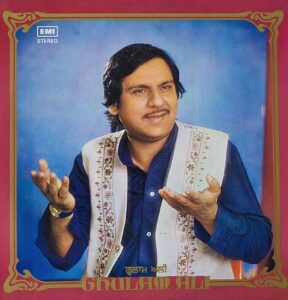
Besides Sargams, Ustadji would often use Tans like Sapaat Tans, Jamjame ki Taan, while rendering Ghazals like Hangama hai kyon barpa, or Kal chaudhavin ki raat thi. He also brought the use of Murkis, which was the specialty of Patiyala Kasoor Gharana.
But above all these, the most important feature of his rendition is his extremely smooth, and a swift transition from one Raga to its allied/distant Raga. take an example of his popular Ghazal Awargi (based on Raga Bhairavi), in which he would bring colors of Raga Lalit, Todi, Bhairav, while elaborating various lines. Another example is the Ghazal Ranj ki jab guftagu hone lagi (Raga Bhoop Kalyan), where he would sing the Tivra madhyam to sing the line Aarzu ki aarzoo hone lagi. While elaborating the line “Ab to har shaam guzarti hai usi kuche mein” from the above-mentioned Ghazal Koyi samjhayiye, he would show the colors of evening Raga Marwa/Yaman to show the various effects of the Evening. Many of his Ghazals like Jaan mein mere jaan aayi thi, or Roya karenge aap bhi, would use a mixture of 2 or more Ragas, and he would effectively use some other notes which are not there in the original composition. He says, “when I entered the Ghazal Arina, Ustad Mehdi Hassan Sahab, who is like an older brother to me, was its uncrowned ruler. In order to make my own name, I had to find my own style. It is important that each singer has his own identity, which can be found through a lot of practice, introspection, and research. Singers like Begum Akhtar, Mehdi Hassan, Jagjit Singh had their own distinct styles, which helped them have their own audiences. With the blessings of my father and Gurus, I am glad that I could form my own style, and have my own audience, who dearly loves me. So, it is important for every singer to have his own identity.”
Conclusion: With his catchy compositions and his unique technics of Ghazal Rendition, Ustad Gulam Ali will be remembered as the true Ghazal king.


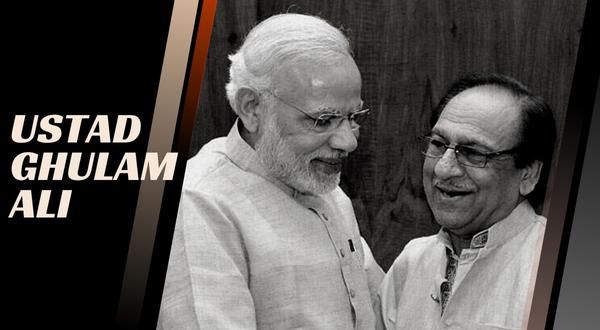
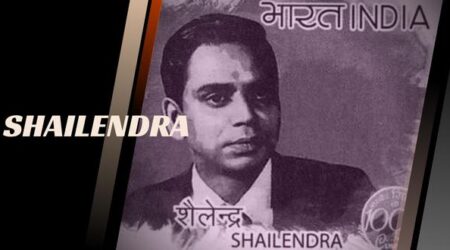
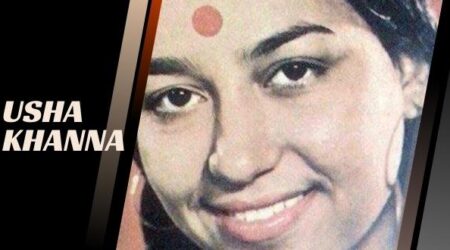
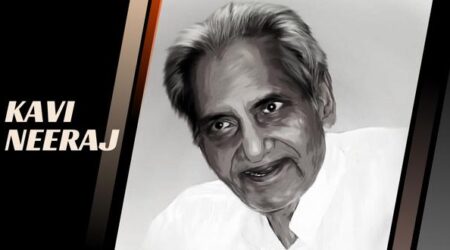
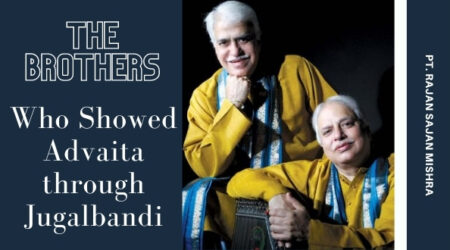
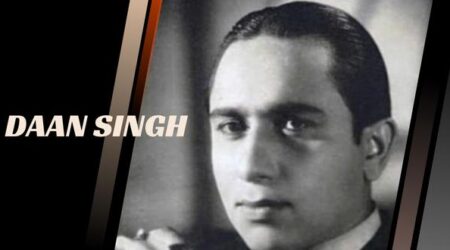
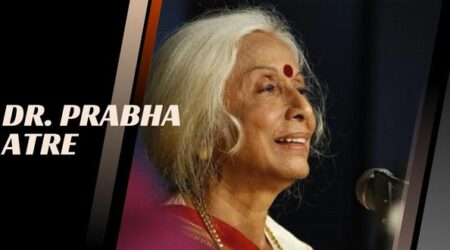
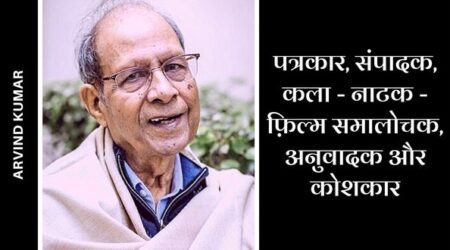
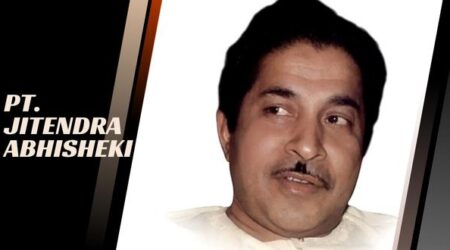
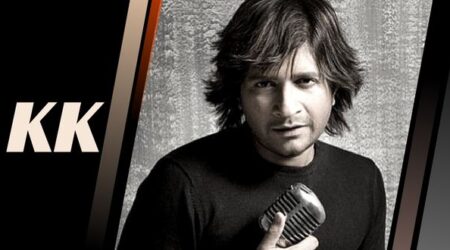
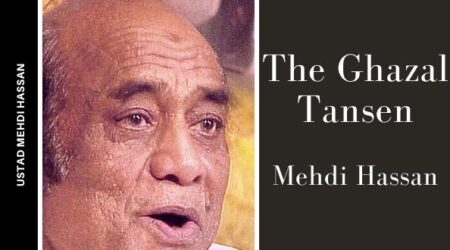

Leave a Reply